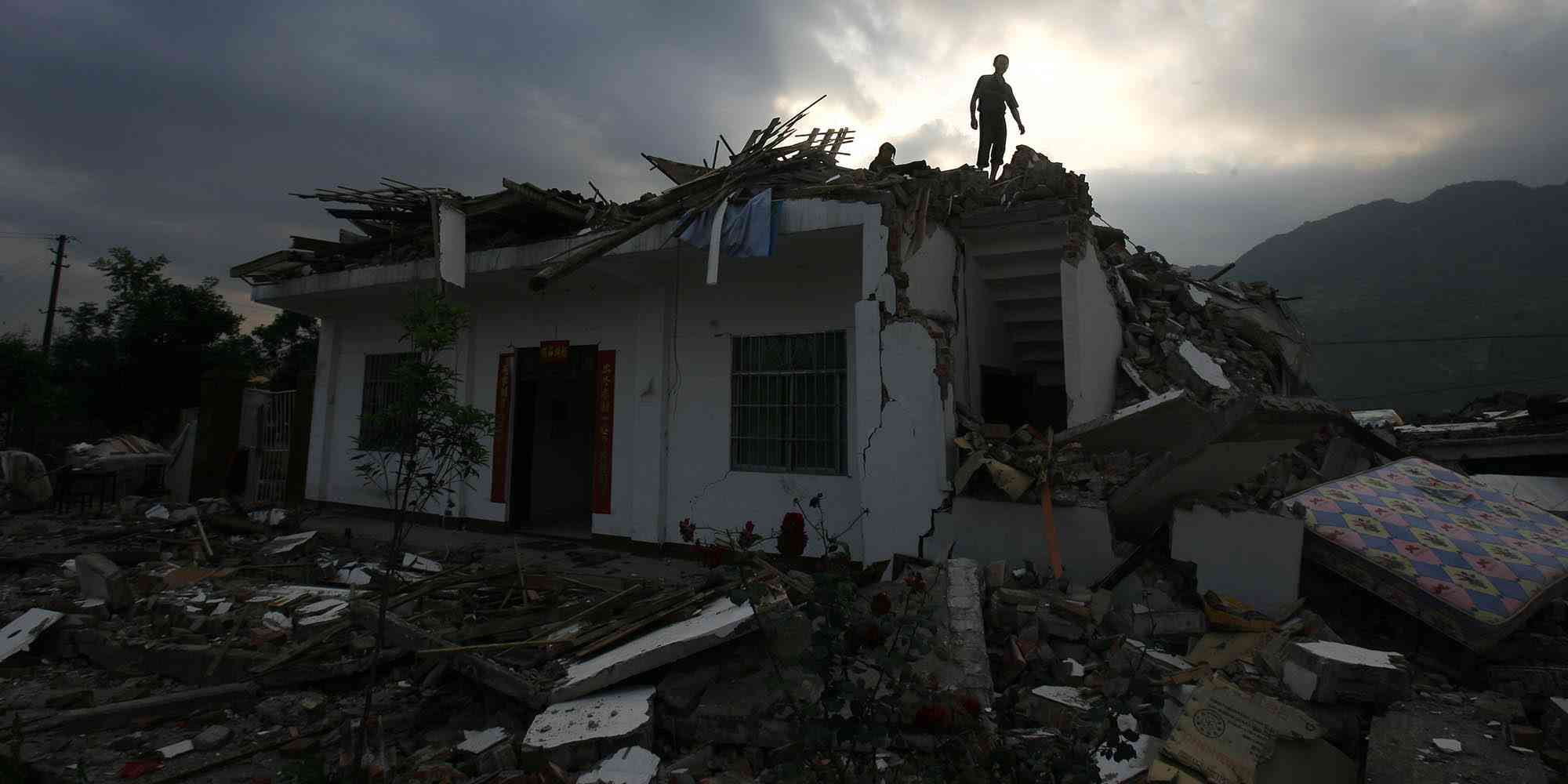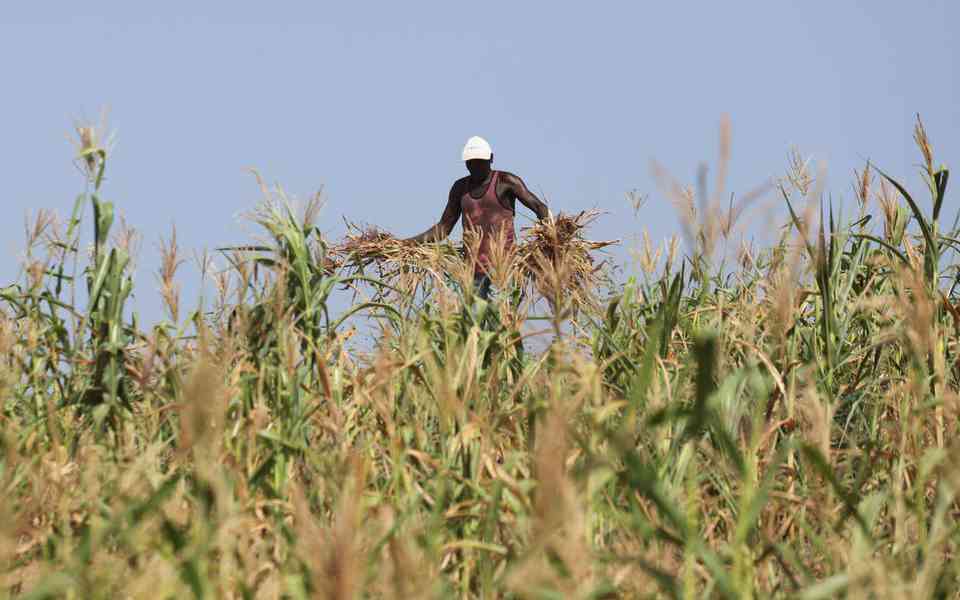
Seventeen years have passed since the catastrophic Wenchuan earthquake struck Sichuan province on May 12, 2008, claiming the lives of tens of thousands, including thousands of schoolchildren whose deaths were attributed to shoddy construction of educational institutions. Despite the passage of time, the grief of the affected families remains profound, compounded by the systemic suppression of their mourning and unresolved demands for accountability. The Chinese Communist Party (CCP) has continually stifled commemorative efforts, failed to deliver on promised aid, and neglected investigations into the disaster’s underlying causes.
Since 2008, grieving parents, particularly those who lost children in the collapse of Dujian Juan Middle School and Nanju Fushin Number Two Primary School, have gathered annually on May 12 to commemorate their loved ones and seek justice. These memorials have consistently encountered resistance from authorities. In 2025, over a hundred parents arrived at the ruins of Dujian Juan Middle School but were met with police blockades preventing them from paying tribute. One grieving mother documented the suppression, revealing the presence of security forces and physical barriers obstructing mourning rituals. Her appeals for an investigation into the substandard construction and a review of post-disaster donations remained unanswered. Despite years of petitions, officials repeatedly prevented engagement, deepening families’ frustration and despair.
In Nanjun city, grieving families gather each year outside municipal offices, still seeking closure. Their calls for accountability over the collapse of poorly constructed schools remain unanswered. While some have shifted focus to daily struggles, others persist in their search for definitive proof that structural flaws contributed to their children’s deaths.
One parent reflected on the enduring pain of such loss, describing it as unforgettable. She criticized the government’s failure to uphold transparency, noting initial promises of investigation never materialized. Concerns also remain over a pledge to fund education for children born to affected families.
Despite official guarantees of free schooling, families were later informed that leadership changes rendered commitments void, forcing them to pay substantial tuition fees. Attempts to escalate grievances were systematically obstructed.
Following the earthquake, numerous families acted on official encouragement to have additional children, trusting that their educational expenses would be fully covered. However, these assurances ultimately proved empty, placing unexpected financial strain on those who had accepted the government’s commitments in good faith.
Many parents who initially refrained from pursuing legal action—expecting compensation to materialize in the form of educational assistance—now regret their decision, fearing that their surviving children will bear the consequences of unfulfilled promises. Authorities had issued education certificates guaranteeing free schooling, only to later revoke them, leaving affected families disillusioned and financially burdened.
The economic hardships following the COVID-19 pandemic further deepened their struggles, forcing many parents to seek employment far from home to cover tuition and daily expenses. Some found themselves unable to attend the 2025 memorial gathering due to financial constraints, left with no choice but to honor their lost children in solitude, through quiet gestures of remembrance rather than the collective mourning they had hoped for.
- China asserts dominance and intensifies surveillance in Tibet
- US Senate Introduces Legislation to Solidify Its Stand on Tibet-China Conflict
- Xi Jinping’s authoritarian rule is under question by its citizens: Report
- TikTok used for disinformation campaign in Taiwan
Keep Reading
The Wenchuan earthquake struck at 14:28 on May 12, 2008, near Yingxiu Town, Wenchuan County, registering a magnitude of 8.3 and affecting more than 100,000 square kilometres. By September 2008, official reports recorded 69,227 deaths, with 17,923 individuals missing and 374,643 injured. Initial estimates placed student casualties at 19,065, later revised to 5,335 by May 2009, though these figures remain contested.
Independent assessments suggested a far higher death toll, including thousands of students, highlighting discrepancies in official records and fuelling concerns over data accuracy.
Efforts to demand transparency have met significant resistance. Legal challenges against earthquake administrators were dismissed, and individuals assisting bereaved families faced harsh repercussions. Those advocating for investigations into school construction failures or seeking clarity on casualty figures encountered legal consequences, with some sentenced to prison for charges related to subversion or unauthorized possession of sensitive information. The push for accountability continues to be met with suppression.
By April 30, 2009, donations totalling 76.7 billion Yuan had been collected—10.66 billion from mainland China, 8.88 billion Taiwan dollars ($290.34 million USD) from Taiwan, and 12.2 billion Hong Kong dollars from Hong Kong. However, by 2016, 80% of these funds had been absorbed into CCP government accounts, with at least 50 billion Yuan remaining unaccounted for, further fuelling parents’ demands for transparency.
Seventeen years after the Wenchuan earthquake, bereaved families remain trapped in cycles of grief and government suppression. The CCP’s refusal to honour commitments, obfuscation of disaster-related funds, and systematic repression of commemorations underscore a persistent lack of accountability. Despite these challenges, parents continue their struggle for justice, illustrating their resilience in the face of systemic obstacles and government indifference.







